
Did you know that freezing temperatures won't necessarily knock out all possibility of getting a crop?
And 32 degrees is not the death-knoll for apple blossoms.
The damaging temperature is different, too, if your trees are almost ready to bloom versus being in full bloom.
The Utah State University Extension office recently published a chart with full-color photos of different bloom stages. It tells what temperatures to watch out for. It can be found here.
So what can you do to protect your crop? Farmers sometimes put out big propane heaters, but most homeowners don't have these on hand.
Two simpler suggestions: cover, or water.
They work on the same principle; to give some insulation to the blossoms.
Way #1: If your tree is small, throw a sheet or blanket over it. This should keep your tree maybe 5-10 degrees warmer than the surrounding air.
Way #2: - what my parents have always done- turn on a sprinkler, set it so the water is hitting your tree. Leave it on overnight. The water will freeze, forming a layer over the blossoms. The ice stays at 32 degrees, which means your blossoms stay at 32 degrees. Niceice blanket. No bloom kill. Go easy on the water, though; you don't want to add so much (ice) weight that the branches start to break.
You can use this to extend your growing season in fall, too; protect your garden from an early freeze.
If you haven't planted your trees yet, consider putting them on a north slope. The soil and air are cooler there, so the trees will bloom later. When it's safer.
Just make sure they will get at least 6-8 hours of sunlight a day. That's required for good fruit production.
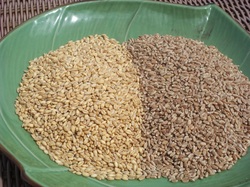
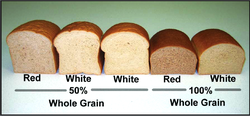



























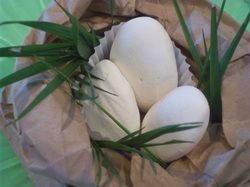
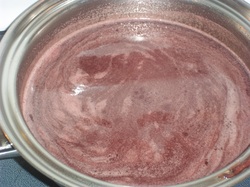
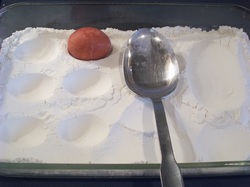
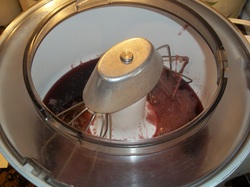
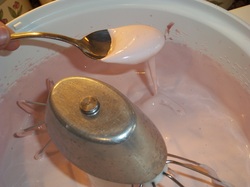
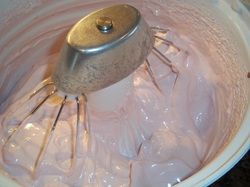
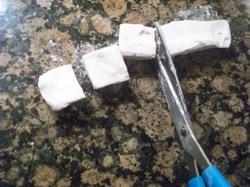
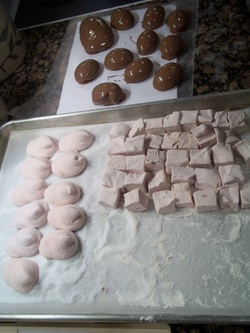















 RSS Feed
RSS Feed